detail profile eva von hanno
Peran Yang Di Mainkan Eva von Hanno
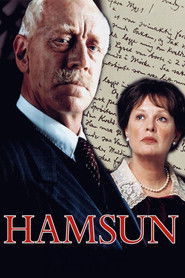 Knut Hamsun is Norways most famous...
Knut Hamsun is Norways most famous...Hamsun 1996
Knut Hamsun is Norway's most famous and admired author. Ever since he was young he has hated the English for the starvation they caused Norway during WWI. When the Germans occupy Norway 9 April 1940 he welcomes them and the protection they can give from Great Britain. He supports the national socialist ideals, but opposes the way these ideals are turned into action - that Norwegians are jailed and executed. His wife Marie travels in Germany during the war as a sign of support from Knut and herself.
 A young Norwegian boy in 1850s...
A young Norwegian boy in 1850s...Shipwrecked 1990
A young Norwegian boy in 1850s England goes to work as a cabin boy and discovers some of his shipmates are actually pirates.
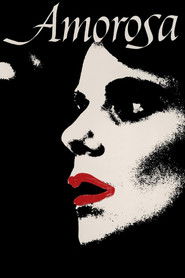 About the Swedish author Agnes Von...
About the Swedish author Agnes Von...Amorosa 1986
About the Swedish author Agnes Von Krusenstjerna during the period of her marriage to David Sprengel. In the hallucinatory opening sequence she is brought in a straitjacket by her husband and two psychiatric nurses through the Venice Carnival nocturnal antics to a mental hospital in the city. With her is a manuscript of her autobiography, which she calls "her child". The book is Agnes showdown with her family, and in flashbacks presented, Agnes progress from the author of innocent girls' books to serious and self-consuming novelist.
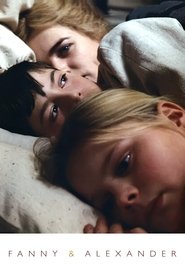 As children in the loving Ekdahl...
As children in the loving Ekdahl...Fanny and Alexander 1982
As children in the loving Ekdahl family, Fanny and Alexander enjoy a happy life with their parents, who run a theater company. After their father dies unexpectedly, however, the siblings end up in a joyless home when their mother, Emilie, marries a stern bishop. The bleak situation gradually grows worse as the bishop becomes more controlling, but dedicated relatives make a valiant attempt to aid Emilie, Fanny and Alexander.
 The Swedish 19th century engineer Salomon...
The Swedish 19th century engineer Salomon...The Flight of the Eagle 1982
The Swedish 19th century engineer Salomon August Andrée sets out to become the first man on the north pole. His idea is to launch a polar expedition using a hydrogen balloon, together with two friends. The balloon, "The Eagle", takes off from Svalbard in 1897, but the three men are not heard of again.
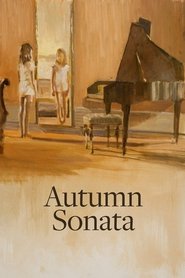 After a sevenyear absence Charlotte Andergast...
After a sevenyear absence Charlotte Andergast...Autumn Sonata 1978
After a seven-year absence, Charlotte Andergast travels to Sweden to reunite with her daughter Eva. The pair have a troubled relationship: Charlotte sacrificed the responsibilities of motherhood for a career as a classical pianist. Over an emotional night, the pair reopen the wounds of the past. Charlotte gets another shock when she finds out that her mentally impaired daughter, Helena, is out of the asylum and living with Eva.
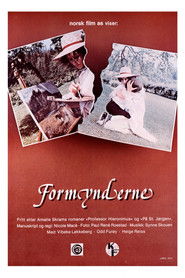 Film about a womans struggle in...
Film about a womans struggle in...Formynderne 1978
Film about a woman's struggle in a male-dominated society in the late 1800s. Amalie Skram was one of our first female writers who fought woman liberation cause. In a society that did not accept that a woman could have its own independent work, it was difficult for a woman to work as a creative artist, wife and mother. The author's autobiographical novels "Professor Hieronimus" and "On St. Jorgen" underlies this film.
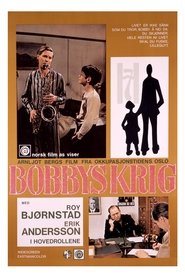 Robert Lund Roy Bjornstad is a...
Robert Lund Roy Bjornstad is a...Bobby's War 1974
Robert Lund (Roy Bjornstad) is a weary man, and his days as a starring saxophone player seem to be near their end. The Nazis have occupied Norway for some time, and he has been passing the time by telling his son Bobby (Erik Andersson) some tales of his previous exploits.
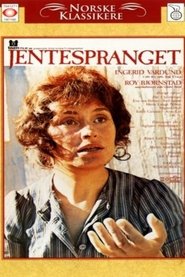 Lina is in her best age...
Lina is in her best age...Jentespranget 1973
Lina is in her best age, mid-30s. She is strong-willed, resilient and self-conscious. There has never been a man in her life, on the contrary, she even had to play the man's role on the small farm to sustain herself and the parents. But the quest for true love and longing for a man is still strong. She has never had the opportunity to realize this dream in the confined environment she lives in. Her obstinacy has also scared off the men. But one day Gilbert returned to the village after being in America for 20 years.
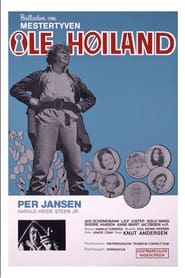 Ballad of the Masterthief Ole Hoiland...
Ballad of the Masterthief Ole Hoiland...The Ballad of the Masterthief Ole Hoiland 1970
Ballad of the Masterthief Ole Hoiland (Norwegian: Balladen om mestertyven Ole Høiland) is a 1970 Norwegian drama film directed by Knut Andersen, and starring a broad cast of notable Norwegian actors, headed by Per Jansen as Ole Høiland. Ole Høiland was an actual Norwegian Robin Hood-figure in the early 19th century. He steals from the rich and gives to the poor, enjoying numerous affairs with attractive women along the way. The story culminates in the ambitious burglary of Norges Bank, Norway's central bank.

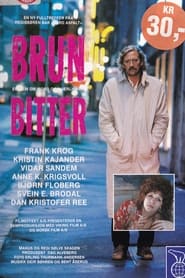 A stolen bicycle case ends with...
A stolen bicycle case ends with...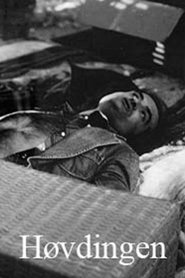 A love story about an actor...
A love story about an actor...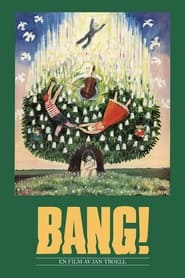 A lonely teacher muddles through a...
A lonely teacher muddles through a...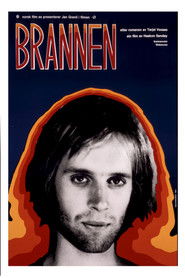 A young boy lives alone in...
A young boy lives alone in...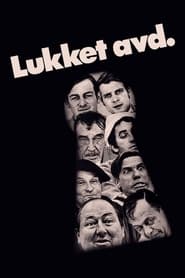 This blackandwhite Norwegian film is a...
This blackandwhite Norwegian film is a...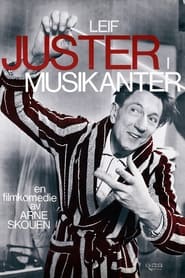 A caretaker at a music academy...
A caretaker at a music academy...